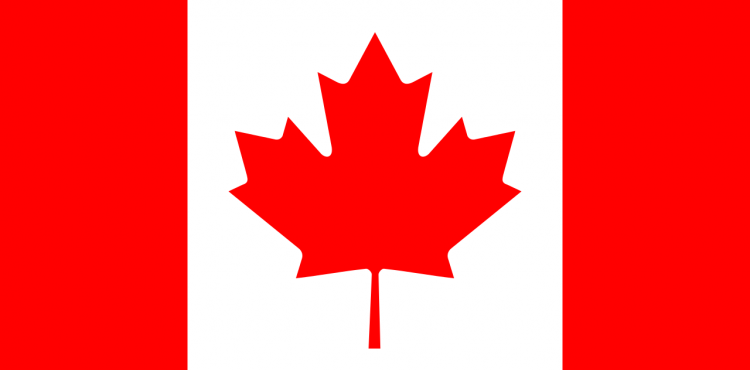
The free trade agreement between the European Union and Canada - CETA - entered into force on 21 September 2017, pending its ratification by the national parliaments of the EU member states. Despite the fact that only 7 months have elapsed since the temporary entry into force of CETA, data on commercial interchange for the first 5 months (October 2017 - February 2018) are available.
According to the data collected by the ICE, the Agency for the internationalization and foreign promotion of Italian companies in Canada and the Canadian Statistical Agency of Canada (Statistics Canada), European exports recorded an increase of 10 % in the first 5 months while Italian exports marked an increase of 12.8%.
In the agri-food sector, Italy is the fourth supplier in Canada, while it is the third largest supplier in the beverage sector. Italian wines that make up 80% of total drinks exports to the Canadian market are particularly appreciated. This trend was confirmed in the first 5 months by the provisional application of CETA, with the agri-food sector growing by 14% and the wine sector by 4% (with a growth of 9% considering the last year).
Regarding Made in Italy products, according to the data for 2016 provided by the ICE Agency in Toronto, the driving sectors for Italian exports are: machinery (€ 1.2 billion), beverages (€ 361.3 million) , vehicles (€ 345.8 million), pharmaceuticals (€ 301.3 million), optical and medical instruments (€ 197.5 million), electronics (€ 192.3 million), furniture and bed furnishings (€ 183.9 million) ), footwear (€ 156.2 million), perfumery and cosmetics (€ 137.4 million), organic chemicals (€ 135.5 million). In the footwear and cosmetics sectors, Italy is the third largest supplier in the world, while in the other sectors our country is among the top ten partners in Canada.
